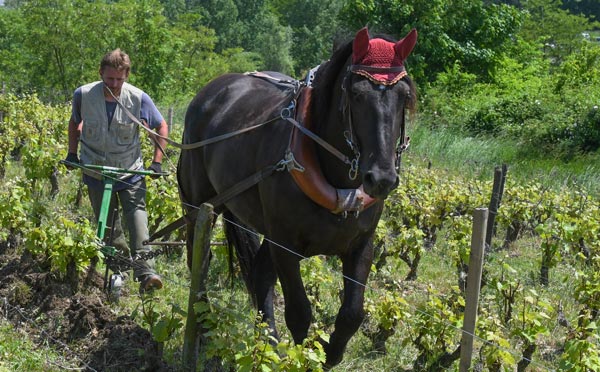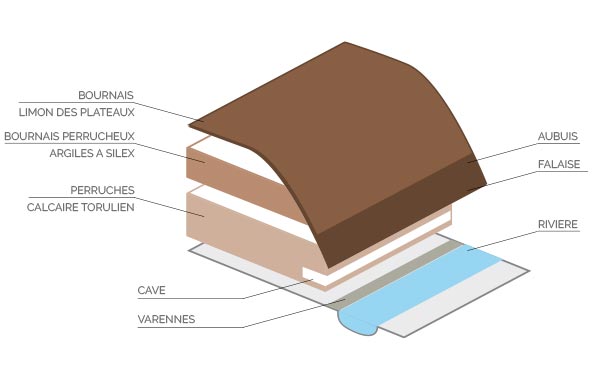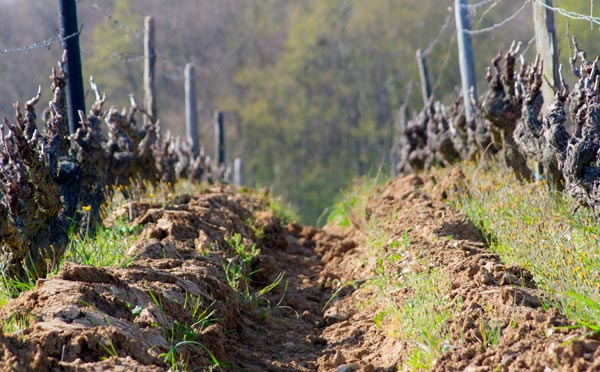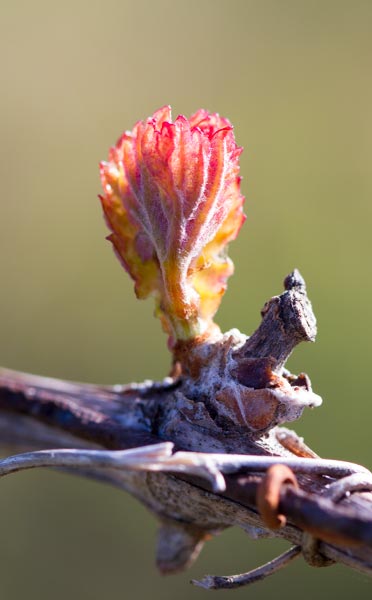The Domaine
« from generation to generation passion is transmitted »
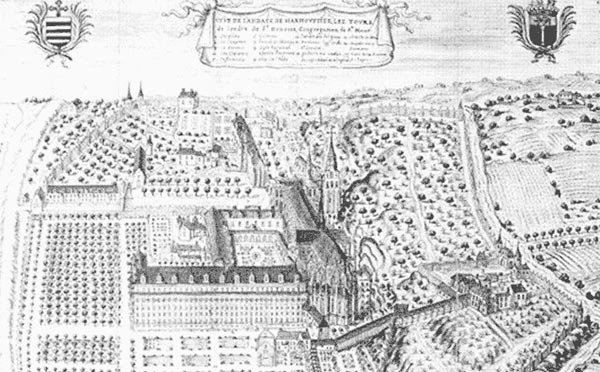

An 372
Foundation of the Marmoutier Monastery by Saint Martin at the gates of Tours. Tradition has it that the saint planted a vineyard on the hillside overlooking the Loire.
XIIIème - XVIéme siécle
Some great wines from Vouvray
belong to the king, their best harvests
figure prominently on the tables of France
The Dutch are so fond of Vouvray wine
that a significant commercial flow is
develops towards Flanders and the Netherlands.
It continues until the 19th century,
then relayed by the national market..

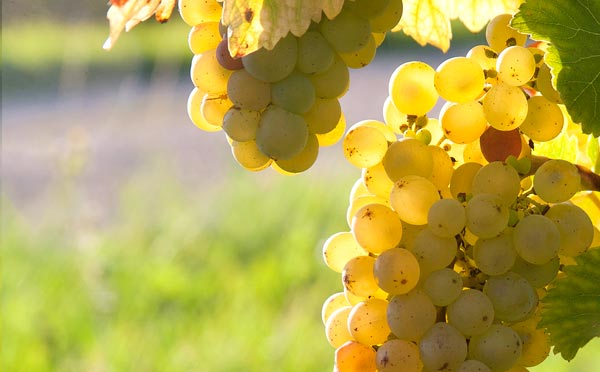
1875
First generation of the domain with Armand Raimbault who start in chancay with 3 ha
1910
Alexandre Chamerois marries Emma Rainbault and takes bake the domain on 5 ha.
1936
Recognized Vouvray as AOC



1947
Marceau Chevreau marries Jeanne Chamerois, domain increas to 10 ha.
1974
Jean-Michel Vigneau marries Françoise Chevreau, the name of the domain is creat, the vineyard constit of 20 ha
1995
Acquisition by lease with the city of TOURS of the Clos de Rougemont in the Marmoutier Abbey. Christophe and Stéphane Vigneau joint the domaine. Starting of the buiodynamic on the domain.
1998

After 3 years of conversion,the domain is certified check in Organic Farming.

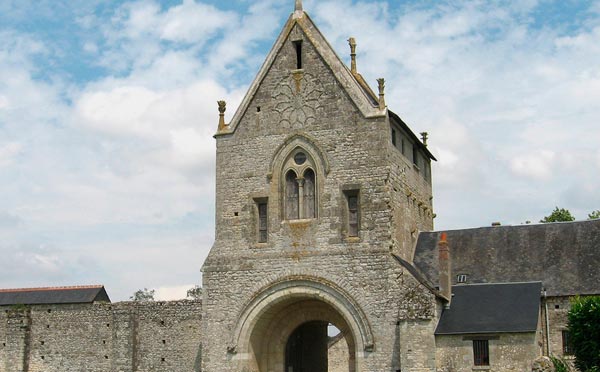
2008
Christophe and Stéphane Vigneau take the direction of the domain.
2015
Extension of the Clos de Rougemont plot the domain is 30 ha.

